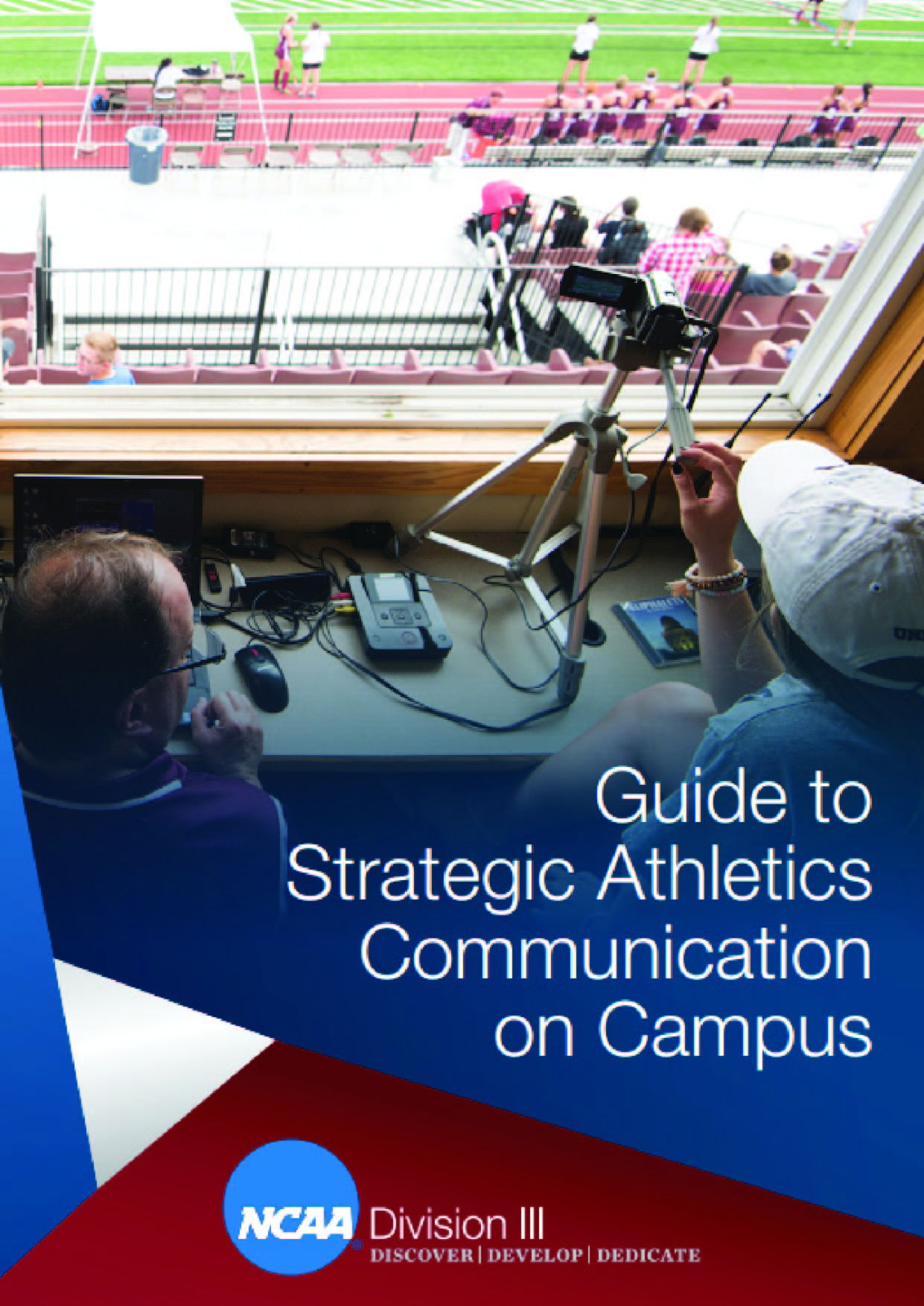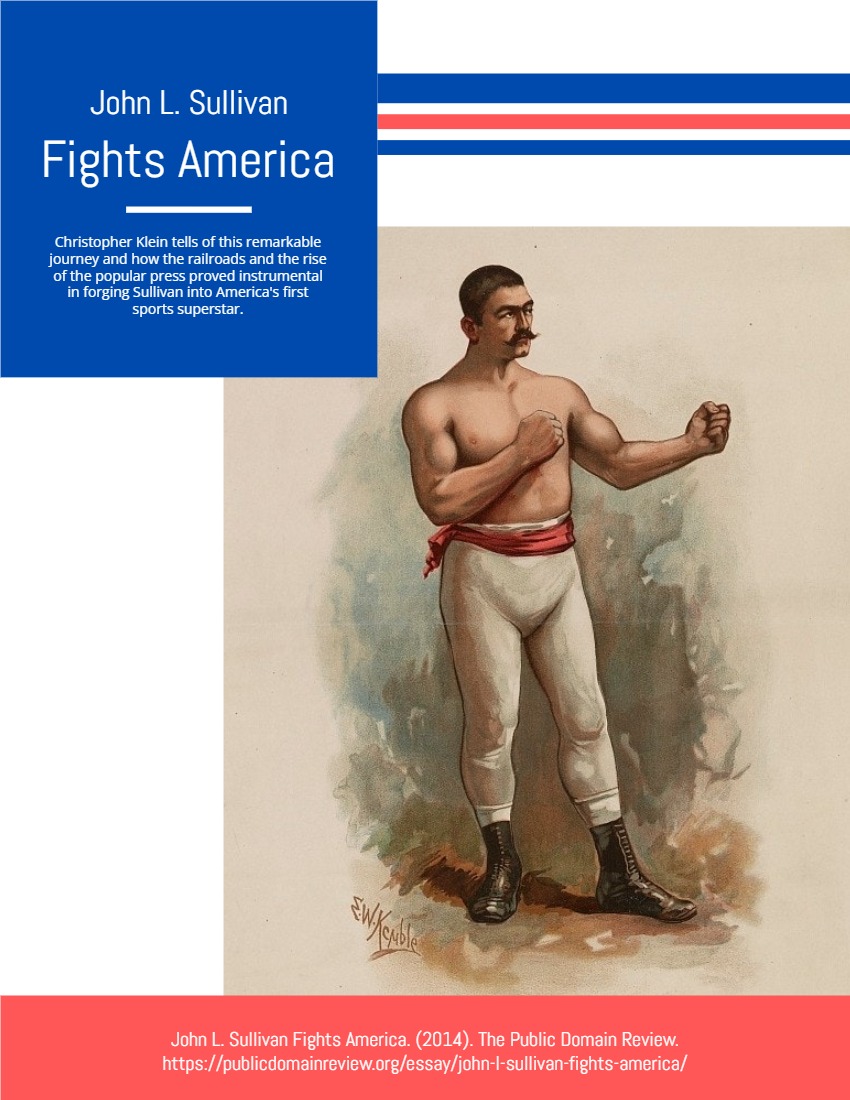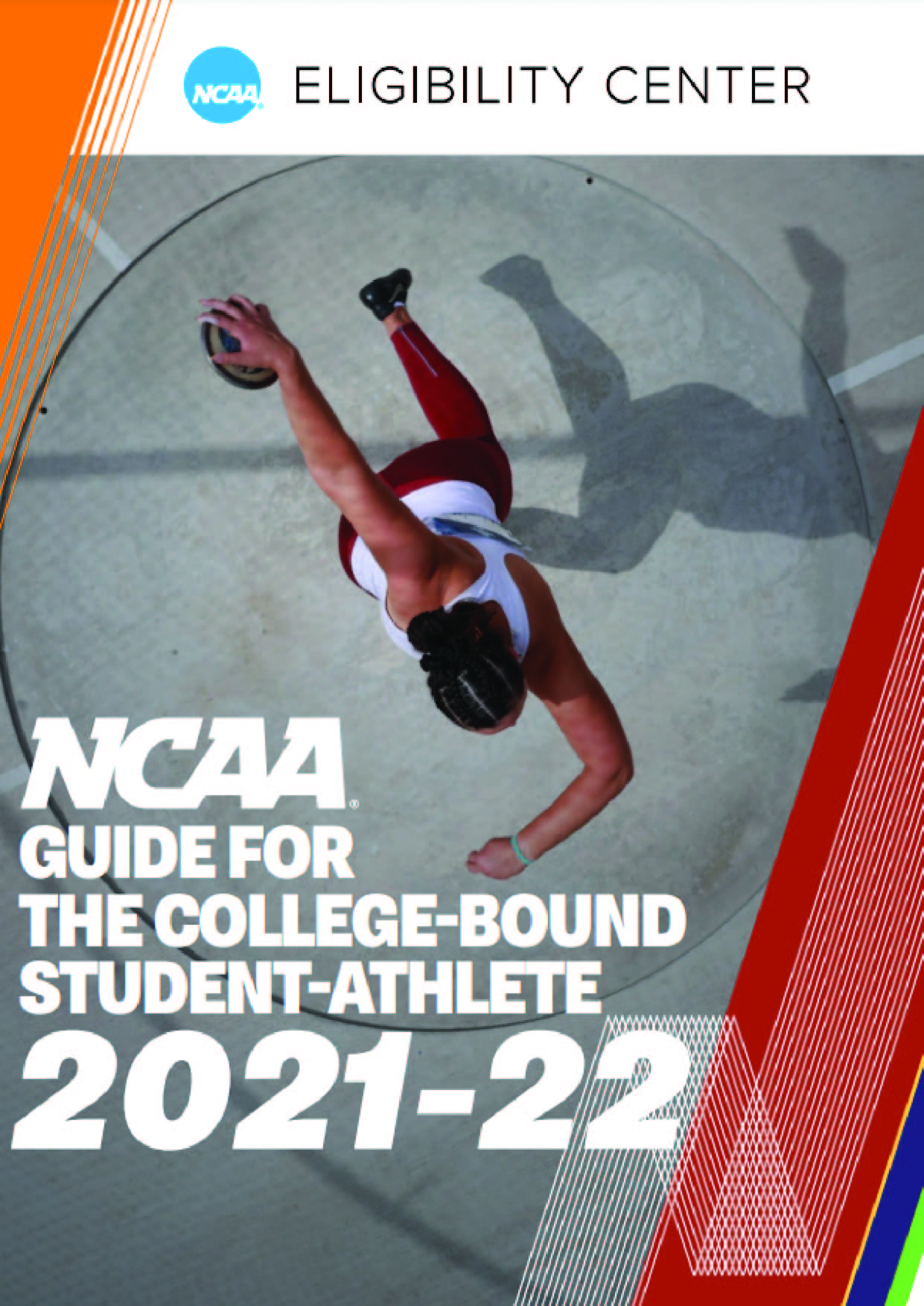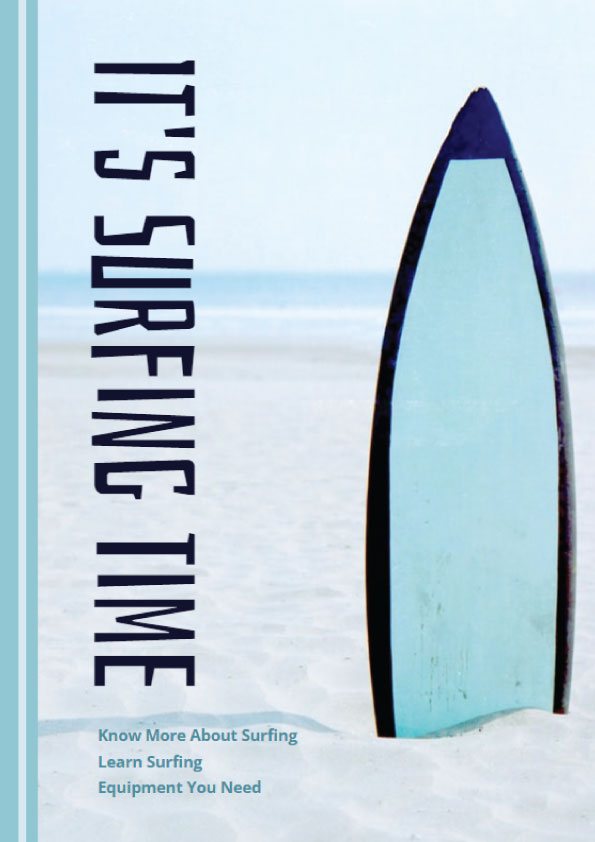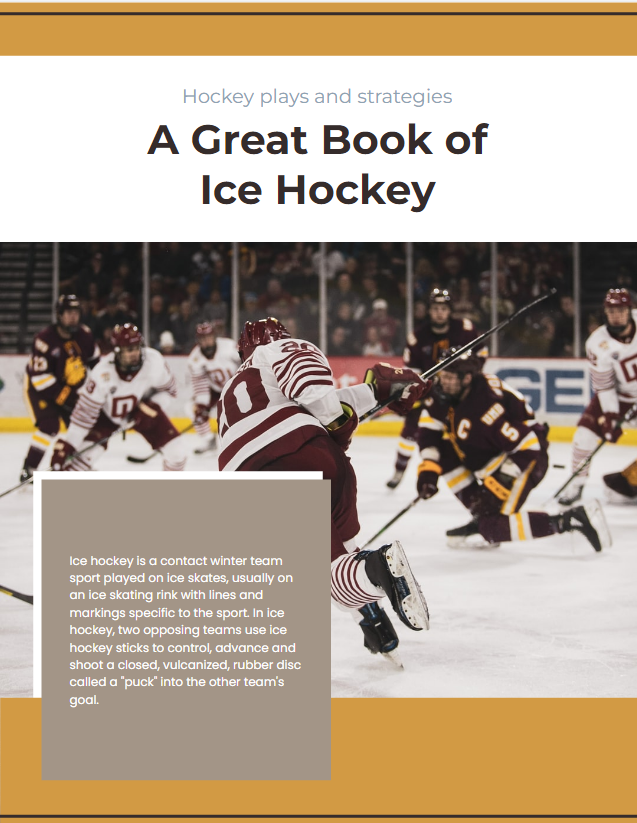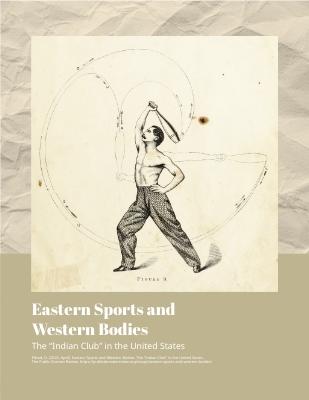The power of strategic communication
The competition in Division III athletics is fierce. Student-athletes give their all every day to excel in the classroom and win championships. The competition on campuses is just as intense. Presidents and chancellors compete to attract the best and brightest students and faculty to keep their institutions thriving in an ever-challenging higher education landscape.
These two competitions are indelibly linked. As athletics is integral to the higher education experience for students, so is it integral to promoting the institution, bolstering enrollment and staying ahead of competitors.
Ask college and university presidents about their priorities for communication, and they’ll likely say, “To better tell our story.” Ask those same presidents whether the institution’s athletics program has a place in that story, and the response invariably is, “Absolutely.” People don’t refer to the athletics program as “the front porch” of the institution just because it sounds catchy. They do so because it’s true. What component of a college or university interacts most with the community? What galvanizes campus constituents and alumni? What shapes public opinion regarding the institution’s reputation? In many cases, the answer is athletics. And who contributes most to telling the athletics story, and in turn the college’s or university’s story? The president? The provost? The athletics director? While all play a role, there is someone else who is vital to telling this story.
Thousands of talented, dedicated communications professionals tell those stories and advocate for their institutions. Their titles may differ — directors of sports information, media relations or athletics communications — but their mission is the same: to promote and protect the institutional brand by telling the student-athlete story and extolling the value that athletics brings to the campus and community. That’s not just an athletics mission, but an institutional one that any college or university president would consider a priority.
The NCAA Division III Strategic Communications Working Group provides this resource as a way to emphasize why athletics communicators in Division III are so valuable and to show how colleges and universities can better understand and equip their staffs to obtain optimal results. In a world that constantly seeks better, faster, brighter and bolder, it makes sense for colleges and universities to invest in their greatest resource — the people who tell their stories.
The evolving challenges
While the title “sports information director” remains widely used, the duties it connotes are often underestimated and underappreciated. The roles of historian, record-keeper, statistician and media contact are still very much present, but evolving responsibilities such as media producer, strategic communicator and multiplatform social media content manager are as important in today’s more aptly titled athletics communication director’s daily work.
While there is no denying that technology impacts every aspect of the athletics department, athletics communication directors are asked to flex their muscles regularly. Social media has revolutionized information dissemination, and new products and services are ever-changing and expanding. Athletics venues now routinely serve as broadcast studios producing livestreaming video of a multitude of events.
NCAA Division III institutions are particularly stretched by fast-paced technology growth because nearly half of the athletics communication offices are staffed with just one full-time professional who is challenged with everyday responsibilities while keeping up with the latest technological demands. The offices with assistants are facing the challenge of athletics departments adding sports programs and packing an already busy schedule. Also, the number of student workers, interns and graduate assistants varies widely, and those individuals are in constant need of training.
But these inherent limitations do not reduce demands upon institutions or expectations by a public that wants immediate information.
In short, the myriad challenges facing today’s athletics communication offices include the following:
Staffing and Resources
- Demands on time, technology knowledge and breadth of experience have increased, but the allocation of resources has lagged. Results from a 2018 survey of Division III athletics communication and sports information directors highlight staffing challenges in the face of increased expectations and demands.
Strategic Integration
- The athletics communication director at both the departmental and institutional level continues to be a key piece in promoting institutions, including serving on the athletics senior administrative team, collaborating with the game scheduler, regularly engaging with the campus Student-Athlete Advisory Committee and serving on the institution’s campus-wide communications team.
Technology
- The ever-changing, fast-paced growth of social media and website content, coupled with the instantaneous demands of students, prospects, spectators, parents, alumni, etc., have multiplied the expectations of athletics communication departments.
Workload
- All of the above have added to workload, often without a commensurate increase in resources and staffing. Survey results indicate 78% of athletics communications directors work an average of 50 or more hours weekly.
Are you interested in sport communication? Read through this book above for more!
